Best Dark Roast Coffee: Spoiler Alert, Black Ink Provides the Best Dark Coffee

Since the 15th century, coffee continues to be one of the greatest sensory pleasures ever discovered. The bodacious beans possess a history as rich as freshly brewed cups of dark roast coffees. After hundreds of decades, the best coffee beans have made their way to nearly every corner of the globe.
At A Glance: Our Top 3 Favorite Coffee Beans
- Best Dark Roast - Inkwell Blend
- Best For Espresso - Espresso Blend
- Best Decaf - Colombian Decaf
Today, dark beans undergo massive amounts of cultivation worldwide, from South America to Indonesia. Yet for some selective taste buds, the best dark roast coffee begins and ends at its origin, the horn of Africa across the Gulf of Suez and along the southern Mediterranean coastline.
TRY OUR DARK ROAST →Dark Roast Coffee
Dark roast coffee isn’t for everyone and some prefer the subtle, sweeter light roasts. However, both beginner and more seasoned coffee drinkers might be curious as to how to make the perfect cup of dark roast coffee.
When it’s brewed correctly, dark coffee can be just as enjoyable as any light roast. Coffee connoisseurs who tend to hold onto light roasts probably have never had a good cup of dark roast; it all gets down to quality and balance. In this article, we’ll cover the basics of dark roast coffee and provide our readers with the ultimate guide to quality, dark roasts.
The Perfect Brew
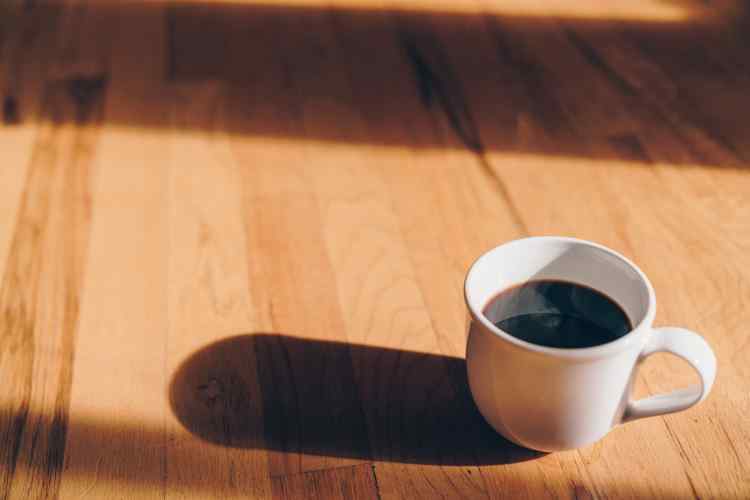
When brewing the best dark roast coffee, we first need to understand what helps achieve that perfect brew. To create the ultimate infusion of bold flavors and earthy notes, the Specialty Coffee Association, or SCA, specifies certain standards regarding water quality.
In simple terms, home-brewers can achieve the “golden standard" by using high-grade filtered water. Dark roasts are quite fragile and easy to over brew and over extract, or burn. If you’ve ever had a dark roast that tastes dirty, burnt, or even rubbery, chances are you haven't had a cup of coffee brewed with high-quality water.
A great tip is to avoid using tap water to brew dark coffee. This reduces the risk of tainting those bold, toasty flavors with a metallic, overly bitter taste. That being said, you should still use water that contains minerals if you can. These minerals are essential for the extraction process.
Acidity
Any true coffee enthusiast will know there's no denying that the acidity of coffee is a crucial element to experience its nature and character. But when it comes to dark roast coffee, acidity plays a less important role. The longer a bean roasts, the darker it will become, losing its notes of acidity.
For this reason, dark roast coffees are easier to drink black, or without the addition of additives like sugar, milk, cream, and added flavors. Still, some people don't like the slight bitterness of a darker roast, and may prefer to add something to offset the taste.
Dark roasts serve as a good option for both new and long-time coffee drinkers looking to transition to drinking coffee black. At Black Ink, we never let our coffee burn or undergo any type of roasting imperfection, such as the flick of death or even scorching our beans.
A word of caution: Not all dark roasts are alike; some are darker than others, like French roasts or Italian roasts. These dark roast beans have undergone prolonged heat exposure which gives them a deep, dark coffee color that leaves a freshly brewed cup tasting bitter. If a bitter cup is what you are after, look elsewhere because you won't find that at Black Ink.
What is Dark Roast Coffee

Now that we’ve gone over the basics of dark roast coffee, let's address its worth and value by going over bean cultivation. Coffee estates are profitable businesses, and the attraction of becoming a product motivates economic growth from certain countries and cultures.
While the coffee-making industry has a long, complicated past of controversial practices like pollution, deforestation, and the use of pesticides, coffee producers are receiving more and more instruction on how to ethically produce coffee.
Over the recent decades, the coffee industry has experienced a massive shift in standards that led to global partnerships with environmentalists and conservation groups.
These relationships helped establish long-term sustainable farmlands while reducing deforestation of our planets' abundant rainforests. And interestingly enough, coffee plants grow best in moist, humid climates.
While the industry continues reducing its impact on the environment, some coffee growers still struggle to meet the strict import and export laws of other countries, such as cultivators in Sumatra that use a wet process to hull coffee beans.
Bean Hulling
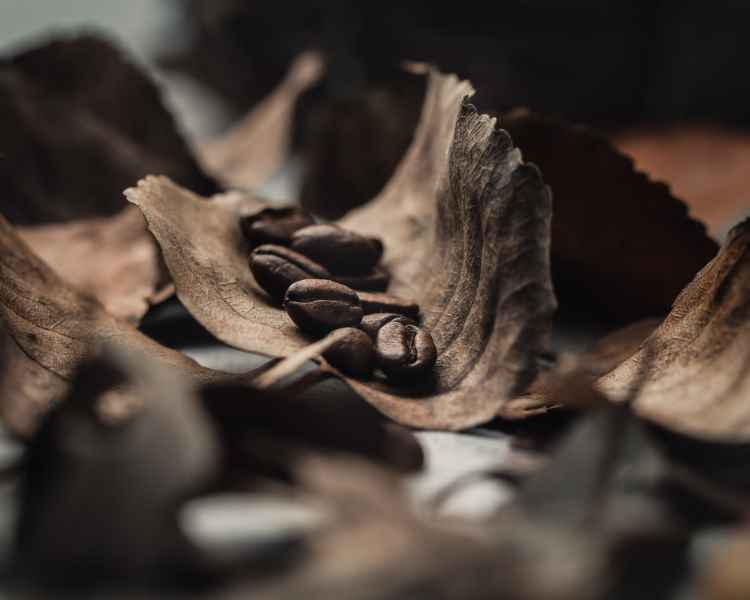
Bean hulling is the process of removing the "hull" from around each coffee bean. After the hull is removed, large filters divide additional residue and beans that are either too small or too big.
As an industry-standard, bean hulling is an optional service offered to many large-scale coffee buyers. Although hulling the bean is an important selective step, it's worth mentioning that it has practically no effect on the strong flavors of a dark roasted coffee.
There are two standard forms of hulling, which we’ll go over later in this article, one of which is the "washing method.” This method is particularly known as the most complex method of achieving the best dark roast coffee. But for now, let's focus on the formalities.
“A Bean or Not A Bean; that is the question?” This question still stumps people today, but most have concluded that a coffee bean is not a bean at all. A coffee bean is a seed or the pit of the fruit produced from the flowering genus-type plant, Coffea. Professional cultivators refer to the fruit of the plant as the cherry.
The actual hulling process begins after the bean—or rather, seed—is removed from the cherry. The hull, a filter that resembles parchment paper, is composed of three layers of a thin fleshy membrane that encases the coffee bean. Removing the fruit is typically the first step at harvesting time.
There are two processes of peeling the fruit away from the bean, one of which is a natural sun-dry method that, while effective, does extend the delivery date.
The quickest hulling process starts with a sorting machine that stirs the cherry in a "wash bath." The turbination gradually breaks down the fruit pulp until the pit is all that remains. Then, the bean moves onto dry storage.
Finally, the bean reaches the huller machine, where the beans are pushed through a final separating process to remove any tainted or rotten beans. Then, the beans undergo a gentle thumbing or vibration technique to break off the husk.
Now that we have a better grasp of the hulling process, remember coffee beans must be dry to roast. Unfortunately, washing coffee beans means the coffee bean contains more moisture than it did before the process began. This can cause the bean to take more time to reach the best dark roast coffee color.
Process of Coffee Roasting

There are numerous types of dark roasts, many of which are notably different in color. Bringing out the signature rich, dark colors are reliant on both a physical and a chemical process, or more specifically, a delicate technique of high-heat exposure and a rapid cooling method.
Understanding coffee roasting isn't easy; it takes years of training and experience for a skilled roaster to have the ability to discern when to extract a bean from the roaster and place it into the shock bath to immediately stop the roasting process. The difference between sound quality and superior aroma relies on haltering the charring process either too soon or too late.
Once You Go Dark
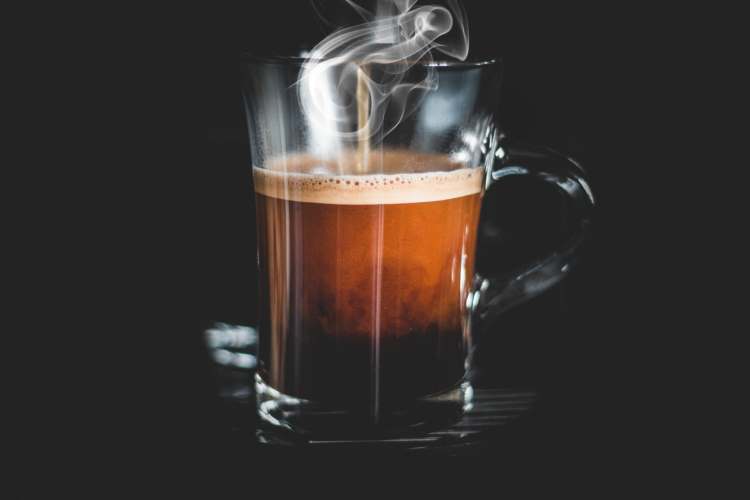
How companies choose to roast their coffee plays a crucial part in the resulting taste. Proper roasting processes helps transform the regular coffee bean and awake our senses each morning with the aromatic and flavorful taste of coffee. However, conducting the roasting process at different levels achieves more than merely darkening the bean; it also changes many of the beans’ physical attributes.
Dark roasts, for example, must be roasted at a minimum temperature of at least 440 degrees, which is when the second crack starts to occur. Roasting with too much heat for a prolonged period can cause the coffee to taste like burnt charcoal.
A dark roast refers to more than just one blend, and each company offers different kinds of dark roasts, including New Orleans Roast, French Roast, Continental Roast, Italian Roast, and Espresso Roast.
The Black Ink Difference

At Black Ink Coffee, we strive to create a delicious coffee that’s both good for you and the environment. For an extra kick in the morning, check out our Dark Roast Breakfast Blend, which delivers creamy chocolate and sweet honey nut flavor.
If you prefer decaf blends, try our medium-dark Decaf coffee beans, which are ethically produced on small family-owned farms in the Colombian coffee triangle. We also offer various medium to light roasts that are worth checking out, as well.
Many other large scale roasters mass produce batches by quickly roasting big quantities at extremely high temperatures. This creates a burnt flavor, which ultimately ruins the coffees taste, but at Black Ink Coffee, we focus on quality over quantity. Our team goes to great lengths to make sure each blend of coffee is roasted to perfection.
Temperature and Bean Color
The color of a roasted bean depends on the direct relationship between heat and time. Each batch of dark roast coffee has a category based on a sliding scale of roast-color ranges. There are four degrees of color: light, medium, medium-dark, and dark.
Difference Between Light And Dark Roast
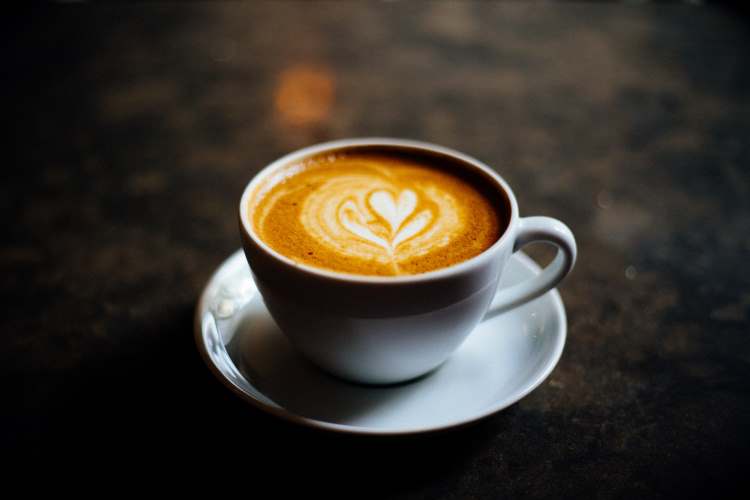
The most extensive range in color is identifiable between a barely charred bean (sometimes referred to as a blonde roast coffee) to the best dark roast coffee bean is a stark contrast of a light roast scarcely noticeable by the naked eye. The light roast coffee color ranges from a subtle dirty lime hue to amber.
These shades are only attainable at the incredibly high temperature of 428 degrees Fahrenheit for a few seconds before the bean is finally cooled.
The oils in a light roast coffee are also nearly impossible to identify with the naked eye; by comparison, the best dark roast coffee will exhibit a high shine against that dark, rich brown.
By retaining its oil, light roast coffee has a bright, fruitful acidity. People who want to experience a subtler taste that is distinctly mild and sour should spend more time looking for a balanced medium-dark roast.
Medium to Dark Roast
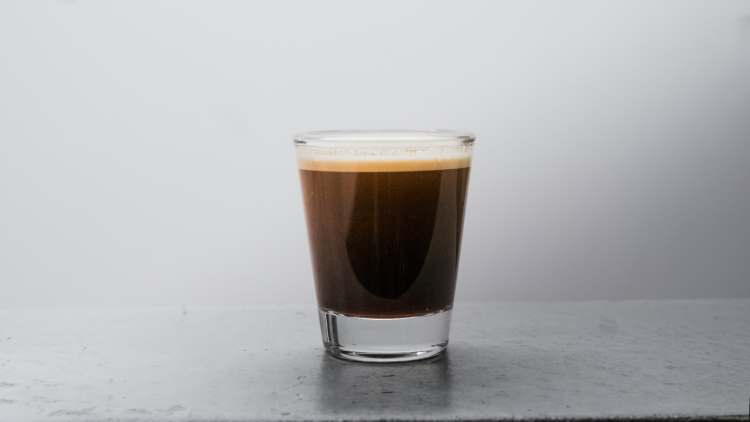
As the name implies, a medium roast is a balanced center-point between light roast and dark roast, but that's not all. The medium roast coffee equalizes the acidity and bitters to usher forth distinct flavors often associated with a medium roast.
Reaching those middle-of-the-road hues of hazelnut to bronze is a delicate halfway point of 437 degrees Fahrenheit before pulling to be cooled. Because these colors are a bit darker, the roasting time extends slightly, which also draws a bit more oil to the bean's surface.
The oils create a dull finish to the intermediate shade but also enhance the color of a medium roast. But nothing compares to the deep pigment of a freshly brewed cup of dark roast coffee.
Medium-Dark Roast
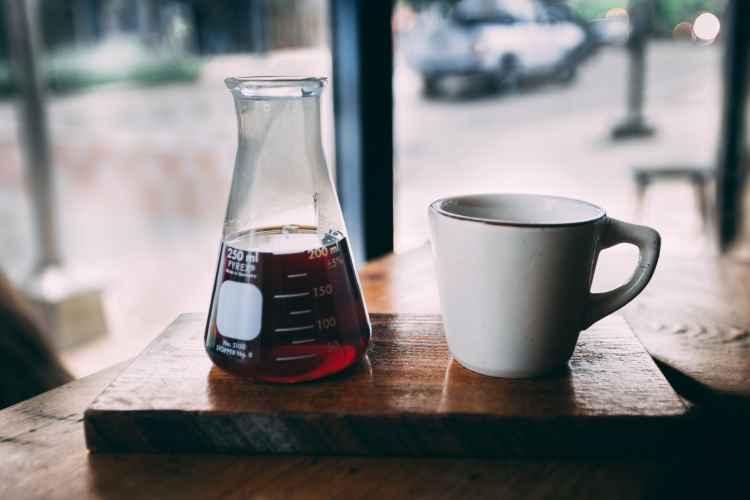
Don't let the phrase, medium-dark, fool you; this color range classification is still intermediary with a slightly bitter aftertaste. The roasting temperature is moderately higher, and those semi-dark chocolate shades are attainable within seconds.
During roasting, you have first and second crack. For a medium-dark roast, the bean will undergo a second crack for just a brief amount of time. For our medium-dark roasts at Black Ink, we typically let the bean undergo second crack for 15 to 20 seconds.
The Dark Side

The best dark roast coffee color means an increase once more in temperature and length of time to a balmy 464 degrees Fahrenheit. It is here when the hues of dark chocolate and almost black as night begin to emerge.
The dark roast coffee bean has a unique glossy finish that makes the beans appear almost greasy at first glance. Although, that shiny coat is a good indicator for the best dark roast coffee since the goal is to draw most of the oils from the coffee as possible.
When a bean undergoes this amount of heat, it is common for the bean to begin to taste burnt. In fact, most roaster fires occur during this time which makes it a risky business to push the beans to this point.
Fact or Fiction: Higher Caffeine
Many coffee drinkers have a common misconception that the darker the roast, the higher the caffeine levels. To keep things in perspective, dark roast coffee does contain less caffeine, but the measurable difference in caffeine from light roast to dark roast coffee is slight. For a more in depth look at this, be sure to check out our review where we answer whether dark roast or light roast has more caffeine.
Agricultural Regions for Dark Roast Coffees
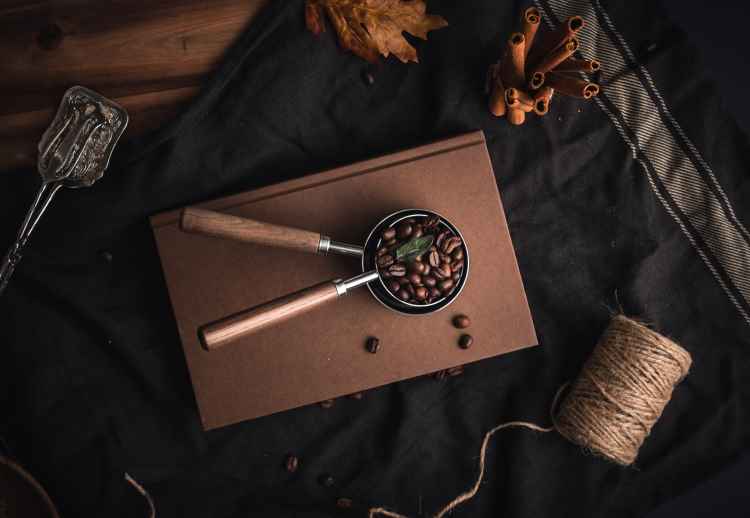
Economics play a significant role in the coffee industry. For coffee enthusiasts, the best dark roast coffee is a single origin roast, meaning the coffee bean is cultivated, sourced, and processed all in one location, then shipped to distributors or purchasers. Typically, the Sumatra has been known to be the
Many coffee growers cultivate various coffee plants. If beans don't originate from the same region, the final product is a blend. But, you might be asking where in the world does dark roast coffee originate? The answer: primarily from Central and South America and several other countries in the South Pacific and Africa.
Colombia
When it comes to coffee, many people think of Colombia, despite the fact the country isn’t the largest producer of coffee. A ranking currently held by Brazil. Nonetheless, Colombia does produce full-bodied dark roast coffee. Many farms practice sustainably sourced coffee beans and then washed, sun-dried, and hand-turned in raised beds.
Decaffeinated Colombian Beans
Black Ink Coffee’s single-origin decaffeinated beans are a medium to dark roast coffee that starts on a buttery note, opens to dark chocolate flavors, and ends on a silky note. The tiny family-owned estate decaffeinated their coffee using the Swiss water process.
The technique is a two-stage chemical process of dissolved substances in water and then passed through a semi-porous sheath. The method is highly effective without the use of harsh chemicals that impact the flavor and aroma of the coffee.
Ethiopia
Ethiopia's coffee is uniquely special, specifically in Harrar, a city that resides in eastern Ethiopia. The region is known for its long cultivation coffee and its natural sun-dried coffee beans that boast bold; vintage berry notes peppered with hints of char.
The Harrar coffee farmers are known for the dark roast that is almost espresso-like. While many don’t think of this region when it comes to coffee, there are new national enactments on import and export policies that have opened new doors for Ethiopian coffee growers.
Mexico
As surprising as it may seem, Mexico is another country not known for its coffee farms. The region is not widely known for producing dark roast coffees. That being said, the coffee harvested in Mexico complements well with a darker roast coffee for a complex blend.
Sumatra
The island of Sumatra is part of the Indonesian archipelago. Sumatra is one of the wettest climates, making the island ideal for coffee growing. Sumatra is also known as the global supplier of the kopi luwak which is infamous for a possible bucket list item that is the partially digested byproduct of the civet cat.
As we previously mentioned, Sumatra makes for an excellent Single Origin. At Black Ink, we use Sumatra as a base for some of our dark roast blends!
FAQ

What is the best dark roast coffee?
The best dark roast coffee is the Black Ink Inkwell Blend. This smooth, chocolatey blend has been perfected by the Black Ink team through countless hours of trail and errors. To ensure a positive experience for everyone, we carefully roast this blend to ensure no bitterness, but take it deep and dark enough to offer our customers a deep, bold experience.
Is a dark roast coffee stronger?
While some people have a death wish for stronger coffee, pun intended, it doesn't necessarily mean that a dark roast will get them there. In fact, most people think that a dark roast is stronger, when in reality, it just has a bitterness to it that people perceive as a stronger cup of coffee. If you've been around the block here at Black Ink then you'll know that coffee strength has nothing to do with the roast degree of the coffee.
If you want to make a coffee stronger, then you need more coffee grounds. This is also referred to as the total dissolved solids (DTS), which the DTS of a coffee is what determines it's strength. A darker roast is easier to extract, but most people use more coffee grounds for lighter roasts, which results in a stronger cup. If you are weighing out your coffee, then this may not be the case.
What is the best tasting coffee brand?
The best tasting coffee brand is Black Ink Coffee. While our opinions are a bit biased, we take great pride in the quality of the beans we source and our craftmanship as specialty coffee roasters.
Final Thoughts
Regardless of which corner of the world you reside in, coffee continues to be one of the most well loved beverages. Every coffee lover has their specific blend and roast preferences, and we hope we’ve helped you gain a better understanding of the dark roast.
We hope that our comprehensive explanation of the best dark roast coffee helps you find a robust, affordable dark roast coffee. With so many tasty, flavorful options, you can’t go wrong!
